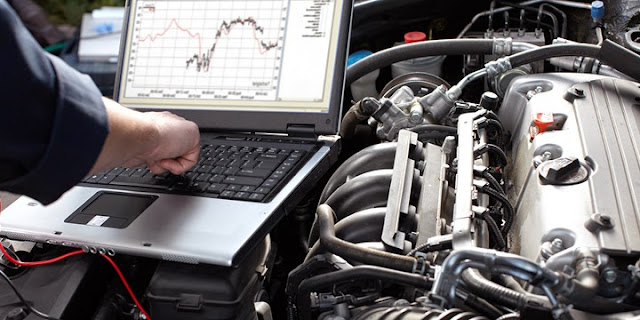When it comes to advances in the world of headlights, you can’t really talk about the changes without Oracle Lighting being mentioned. The Louisiana based company have been making waves in the auto lighting world for quite some time now, but it’s fair to say that thy really caught the attention of a mass audience when they put their products on display at the 2012 SEMA Show in Las Vegas. There are all kinds of aftermarket auto parts on display during those events, but it was Oracle that many believe shone the brightest during the event.
While the 2012 SEMA show marked the third straight time that Oracle Lighting had a display there, it was what they had to show off that caught the eye of so many. Their presentation booth was expanded to be biggest than ever before, and they brought not just one, but two custom builds to the show. The highlight may well have been the Polaris RZR, featuring halo lights that had never been seen before, as well as off-road head lights that were brighter than the sun.
While to Oracle lighting booth got a lot of attention at the show, the company was incredibly well represented at a number of other booths. Their projector headlights, halo, and other kits have been gathering steams for a while, featured as they were in a number of celebrity builds, but the Oracle Lighting name definitely too another big leap forward thanks to their products being highlighted in a number of other high profile displays.
One of the displays that grabbed a ton of attention was put together by Kia Motors. They brought a bunch of vehicles from their line-up, all of which had been given the superhero treatment. Among those was the Rio 5-door, which Kia had decided should be used to represent Aquaman. It was a stunning looking design, made all the more memorable by the use of Oracle LED accent lighting to give the vehicle a look of real power. While many aspects of the car drew raves from the crowd in attendance, it was the lights that seemed to catch the eye of a large number of SEMA visitors.
One thing that tends to make people take notice of an auto parts of lighting company is when they receive a celebrity endorsement. That holds even more water when the celebrity in question has ties to the automotive industry. It’s fair to say that NASCAR driver Tony Stewart would definitely fit that bill.
Chevy worked with Stewart to deliver an amazing looking ride that fit the personality of the driver. The red tribal designs definitely popped on the charcoal grey exterior paint, but it was the Chevy Camaro ZL1 lights that were the highlight for many. The lights in question were red halo’s from Oracle Lighting, which once again proved that they were among the big movers and shakers at the 2012 SEMA Show.
Photo credit: Oracle Lights










































